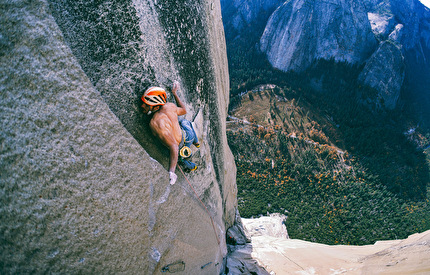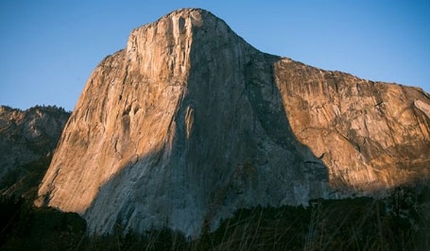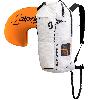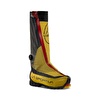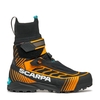Hannes Puman interview after 'The Nose' free via Schnaz Variation
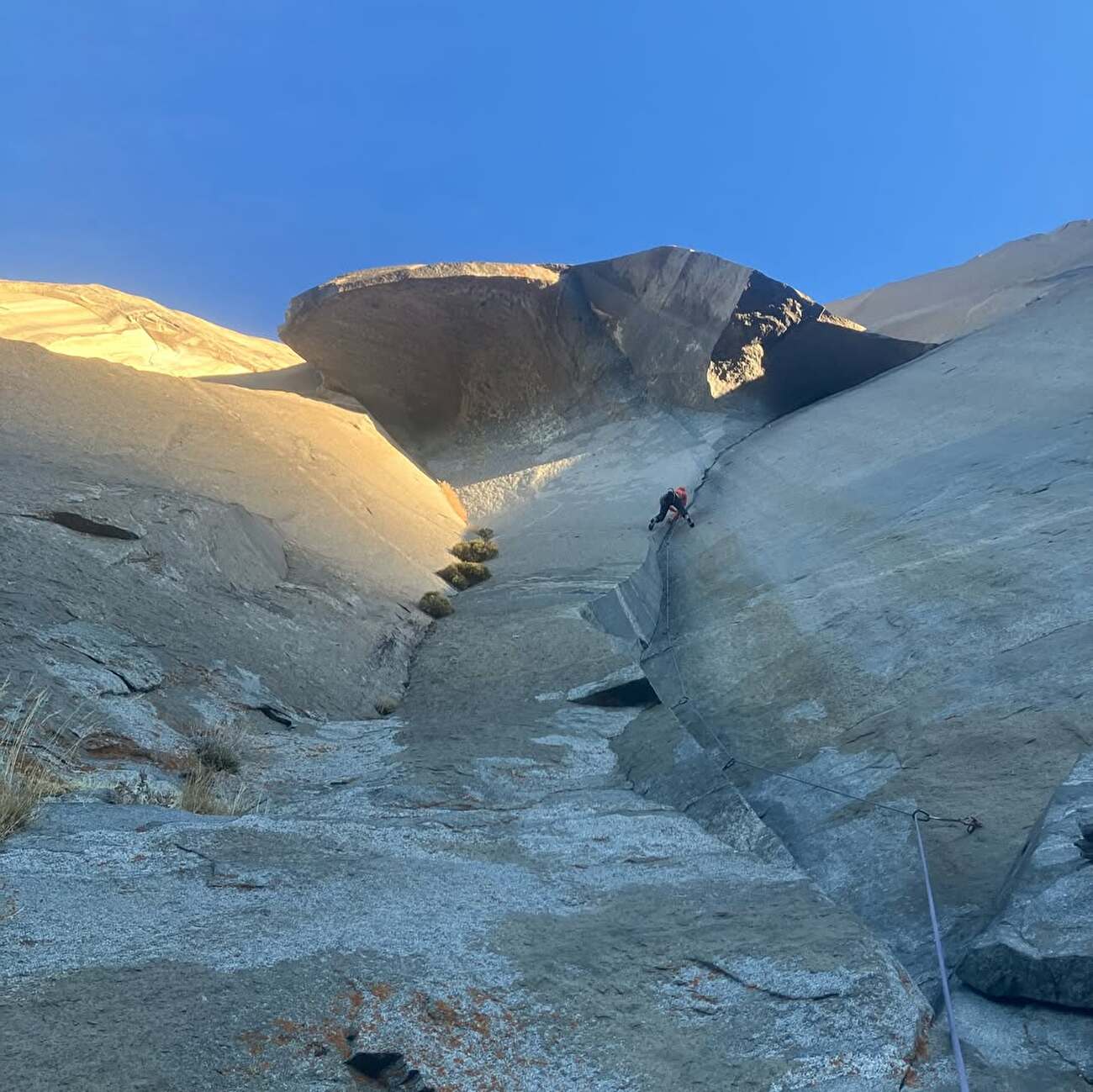
 1 / 7
1 / 7 Hannes Puman archive
Hannes Puman archive
Towards the end of last year, Hannes Puman from Sweden made a free ascent of The Nose on El Capitan in Yosemite. The 26-year-old's ascent stood out for two reasons: firstly, because free ascents of arguably the most famous big wall climb in the world are few and far between, and secondly, because unlike all previous ascensionists, he avoided the famous Changing Corners pitch and instead opted for the Schnaz Variation. This variation trends off leftwards past a series of tiny, reachy crimps before rejoining the main line. It was originally bolted by Brooke Sandahl and Dave Schultz during their efforts to free The Nose in 1992. Even Lynn Hill attempted it before her historic first free ascent in 1993 but discarded it due to its reachy nature.
The Schnaz, as it has come to be known, gained attention in recent years among Yosemite locals, but it was Puman who thrust it into the international spotlight. This latest development on El Capitan’s oldest big wall route—established by Warren Harding, Wayne Merry, and George Whitmore after 47 days on the wall in 1958—is highly likely to open the floodgates for more free ascents in the future.
Hannes, The Nose congrats! That, we have to admit, caught us by surprise! We're used to seeing you on the competition circuit for the last decade, at least. So how did Yosemite suddenly come about?
It’s necessary to go to Yosemite sooner or later, and I reckon I do more multi-pitch climbing than what most people think. So when Matilda Söderlund told me about her plans to travel there and that I could join, I had to go!
What was your first reaction on entering the valley? And what were your plans?
We came from San Francisco, and most of the way, the landscape is flat with just yellow grass. That was a bit surprising. When we entered the valley, it was more how I expected it to be. Since everything is scaled up —the trees, the boulders — the walls look smaller than they actually are. Having said that, they still look big, and it takes forever to climb them. What I mostly wanted to do on this trip was to climb a lot of classic routes, get a picture of what the climbing here is like, gain some deeper insight into the history and traditions here, and just have a vacation.
You started off on Freerider, which seems to have established itself as a classic intro to big walling nowadays. How did that go? And any thoughts on Barbara Zangerl's flash?
Freerider went pretty badly. It was the first time Jakob and I stayed on the wall for a few days; our equipment was not great. We didn’t really know what to bring, and we didn’t have a proper haul bag. We started climbing the day after a storm. The first days, hail was coming down, and most cracks were either wet or damp. When we got to our stashed bags, we saw that mice had been there, feasting on our stuff. We were considering going down; we had about 15 fresh core shots on our haul line, and our water tank was full of holes. So we spent most of the second day thinking about what to do and repairing things with duct tape. We also rappelled a few pitches to the Heart ledge to fill up water from the waterfall, which I don’t recommend; we had stomachaches after drinking that water. Having said that, I would definitely do it again if I had to.
Aside from the logistical difficulties, the climbing went pretty well. We fell on three pitches and sent everything else on our first try. Jakob and I have done a bit of bouldering, so for us, the crux pitches were not so bad; the most difficult part was the huge amount of chimneys and off-widths. All in all, it was a fun and instructive experience. We planned for three days but spent five.
That Babsi flashed Freerider is amazing — there are many sections where the climbing is risky, and it’s easy to slip. Keeping it together during every pitch is very well done indeed.
Then a short rest. Two days only! How come so short?
Since Freerider took longer than expected, I didn’t have much time to rest. I also realized that a push on The Nose would probably take a few days.
Before the push, you'd done one Dolt run and had one session on both the Schnaz and Changing Corners. Tell us more.
Originally, I had wanted to do The Nose ground-up, but I was convinced to try Changing Corners first. We walked up and rappelled down. After figuring out the moves on Changing Corners and doing some links, I checked out a few holds and did a few moves on the Schnaz. Changing Corners felt possible to do in the next session, but it also wouldn’t be surprising if it took longer. I was pretty certain I would do Schnaz quite quickly.
You climbed The Nose with Jamie. Had you climbed together before?
No, it was the first time Jamie and I tied in together. One of the most memorable things about this ascent for me will be how our relationship evolved during our time on the wall. Also, since I was a bit mentally tired from Freerider, it was interesting to follow my own emotional journey. The first day didn’t go very well; we had a pretty bad flow, and it was a bit messy on the belays. But after the first day, we found a really good balance, and most things were working pretty smoothly!
Style of ascent? Who led what? And how did things go generally?
I freed every pitch and led most of the route. Jamie climbed as much as he could and led the pitches he was motivated to lead. Compared with Freerider, everything went very well.
You sent one of the crux pitches, The Great Roof, when it was wet! Talk about adding to the challenge!
It was seeping down water from the pods on The Great Roof. It was quite discouraging at first, but after after trying it for a bit and drying the holds with a cloth, making links was not that bad. However, the wetness of the holds made it less secure; I had many tries where I would just slide off. It was also tricky because even if I dried the holds, they would be wet when I got to them from the belay due to the long introductory climbing. After a good first day, I was feeling hopeful, but the second day started to go worse and worse. Although I had given up hope, I continued having goes, and to my surprise, I eventually did it!
Then came the Schnaz variation. It's not particularly famous, so how did you find out about it?
It was Thomas Huber who first told me about it when I met him just before the trip. I didn’t think much about it at the time, but this season, a few people were trying it. With chalk on the blank face, it was very appealing to try. You start the same way as Changing Corners, but instead of heading right into the dihedrals, you go up and slightly left on the blank face before you head into a feature that takes you to the anchor. It’s all about a very short section of hard climbing. The boulder starts on a slab where you go from tiny, sharp two-finger crimps toward a feature you can layback, making a few big and powerful moves before it gets easier. The footholds are not particularly small, but they can be quite slippery.
On your push, did you already know what you wanted to climb, Changing Corners or Schnaz?
In a perfect world, I would have wanted to do both, Schnaz and Changing Corners, but since the Great Roof had taken a lot of time and energy, I had to choose only one. I opted for the Schnaz because it hadn’t been done before, and it also felt more probable to do it quickly than Changing Corners. We got to Camp 6 in the afternoon, had dinner, set up camp, and waited for colder conditions. I went up the route once to do the moves and brush the holds. I had a good first try where I did the hardest part but fell on the last hard move. I took a break and then climbed it on the next try.
From there you continued to the summit.
I did the Schnaz sometime around midnight; we went to bed and woke up at sunrise to finish early. We were a bit tired and fumbly. Jamie dropped his phone down the crack at Camp 6, and we spent half the day fishing it out with the tag line and a nut pick. From Camp 6, there are a few nice and easy pitches. One of them is a splitter #1; we only had one #1 left because I destroyed the other one during the climb, but it was fine nevertheless. We got to the last pitch, which is 12c with a slab/mantle crux, as it turned dark. It’s not easy to onsight, and I took a fall. Jamie and I were both pretty tired and just wanted to get to the top, so I was not too excited about being lowered down and going for it again. But I guess it was pretty nice that we got the full experience.
How does it feel to have climbed it all free, via this variation?
It feels good! It’s nice because now, with two very different options on the crux pitch, more people will be able to free climb The Nose.
Do you think you might come again and try to climb The Nose via the Changing Corners?
Changing Corners is an amazing pitch that I definitely want to climb. But there are other climbs that I would also like to do; there are more than I could ever complete. So to save time for other climbs, I might settle for doing it as a single pitch, not from the ground. We'll see what the future holds.



 Copia link
Copia link

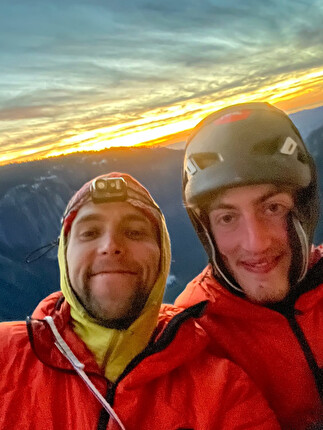
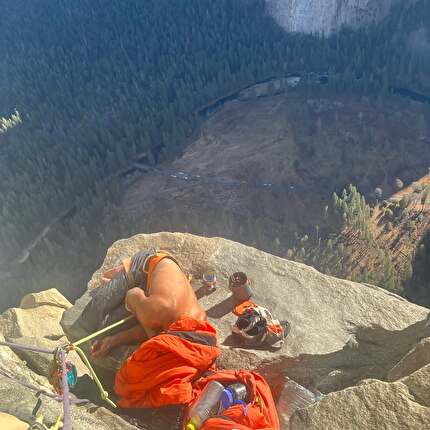
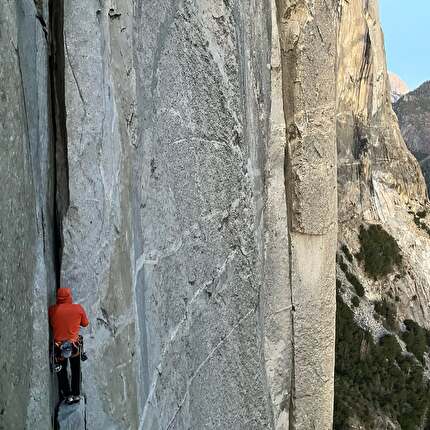
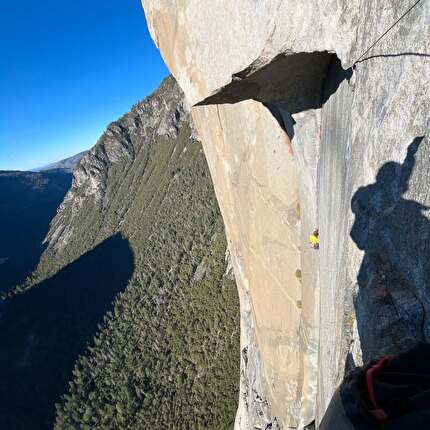
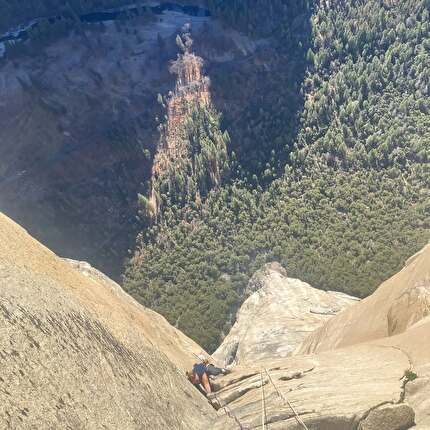
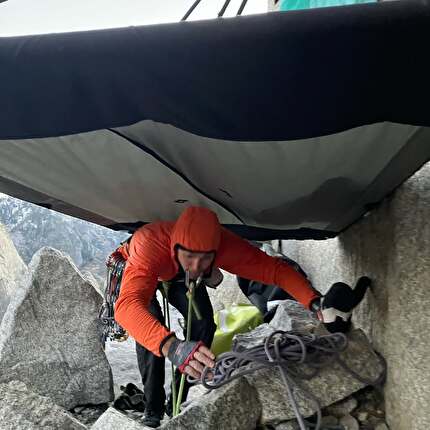
 See all photos
See all photos

